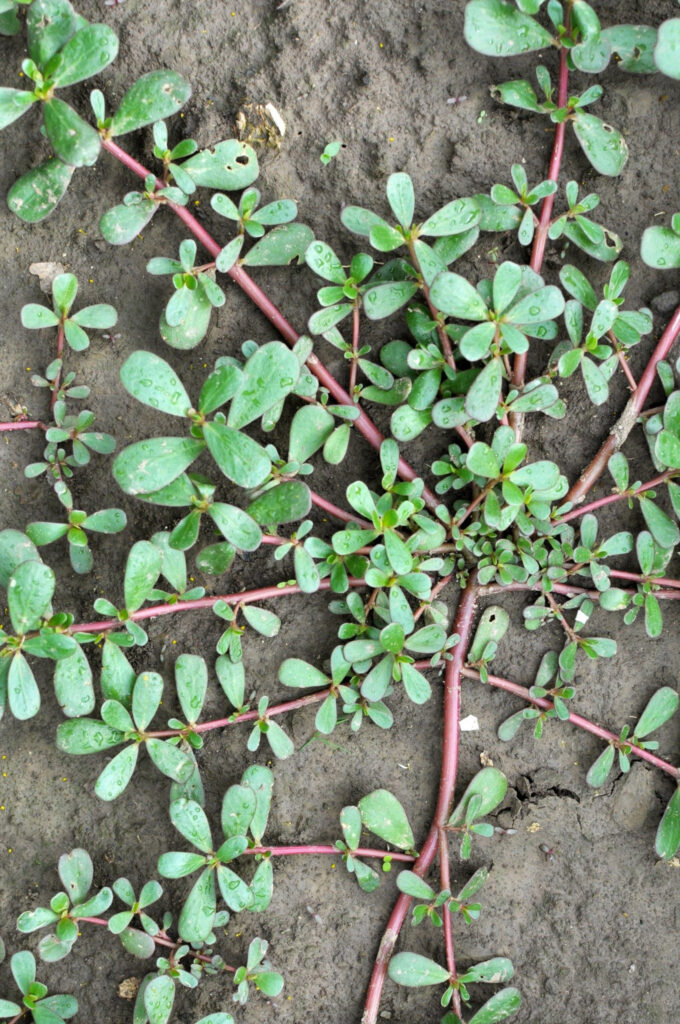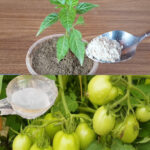Purslane (Portulaca oleracea) is often considered a weed, but it has numerous benefits that make it worth keeping and using. Here are 12 reasons why you shouldn’t pull out purslane and should use it instead:
Nutritional Benefits
- Rich in Omega-3 Fatty Acids:
- Purslane contains high levels of alpha-linolenic acid (ALA), a type of omega-3 fatty acid, which is beneficial for heart health and reducing inflammation.
- High in Vitamins:
- It is packed with vitamins A, C, and E, which are essential for maintaining healthy skin, vision, and immune function.
- Mineral-Rich:
- Purslane provides essential minerals such as magnesium, calcium, potassium, and iron, supporting bone health, muscle function, and overall vitality.
- Low in Calories:
- This makes it an excellent addition to a weight-conscious diet while still providing essential nutrients.
Health Benefits
- Antioxidant Properties:
- Purslane contains antioxidants like glutathione and betalain pigments, which help combat oxidative stress and may reduce the risk of chronic diseases.
- Anti-Inflammatory Effects:
- Its omega-3 content and other compounds help reduce inflammation, potentially benefiting conditions like arthritis and heart disease.
Culinary Uses
- Edible and Versatile:
- Purslane can be eaten raw in salads, added to soups, stews, and stir-fries, or used as a garnish. Its slightly tangy, lemony flavor enhances various dishes.
- Hydrating:
- It has a high water content, which can help keep you hydrated, especially during hot weather.
Gardening and Ecological Benefits
- Ground Cover:
- Purslane grows low to the ground and spreads quickly, acting as a natural mulch that helps retain soil moisture and prevent erosion.
- Soil Health:
- It can improve soil health by accumulating nutrients in its tissues, which, when composted, return these nutrients to the soil.
Economic and Practical Benefits
- Low Maintenance:
- Purslane is drought-tolerant and thrives in poor soil conditions, making it easy to grow and maintain with minimal effort.
- Free Food Source:
- As a wild edible plant, purslane can be a cost-effective way to supplement your diet with nutritious greens.
Conclusion
Instead of pulling out purslane, consider harvesting and using it for its nutritional, culinary, and ecological benefits. Embracing this resilient and versatile plant can enhance your garden and diet in numerous ways.


